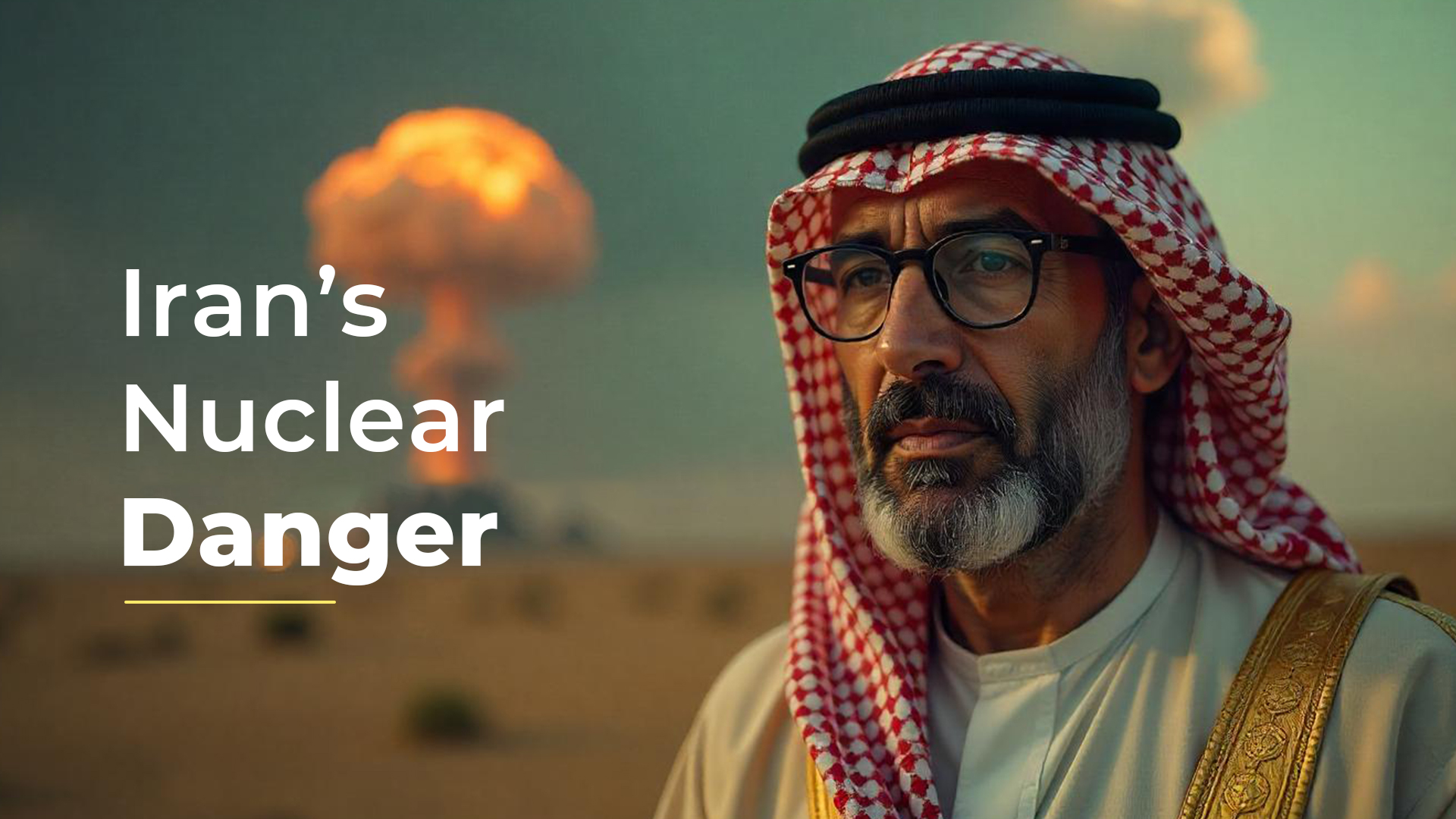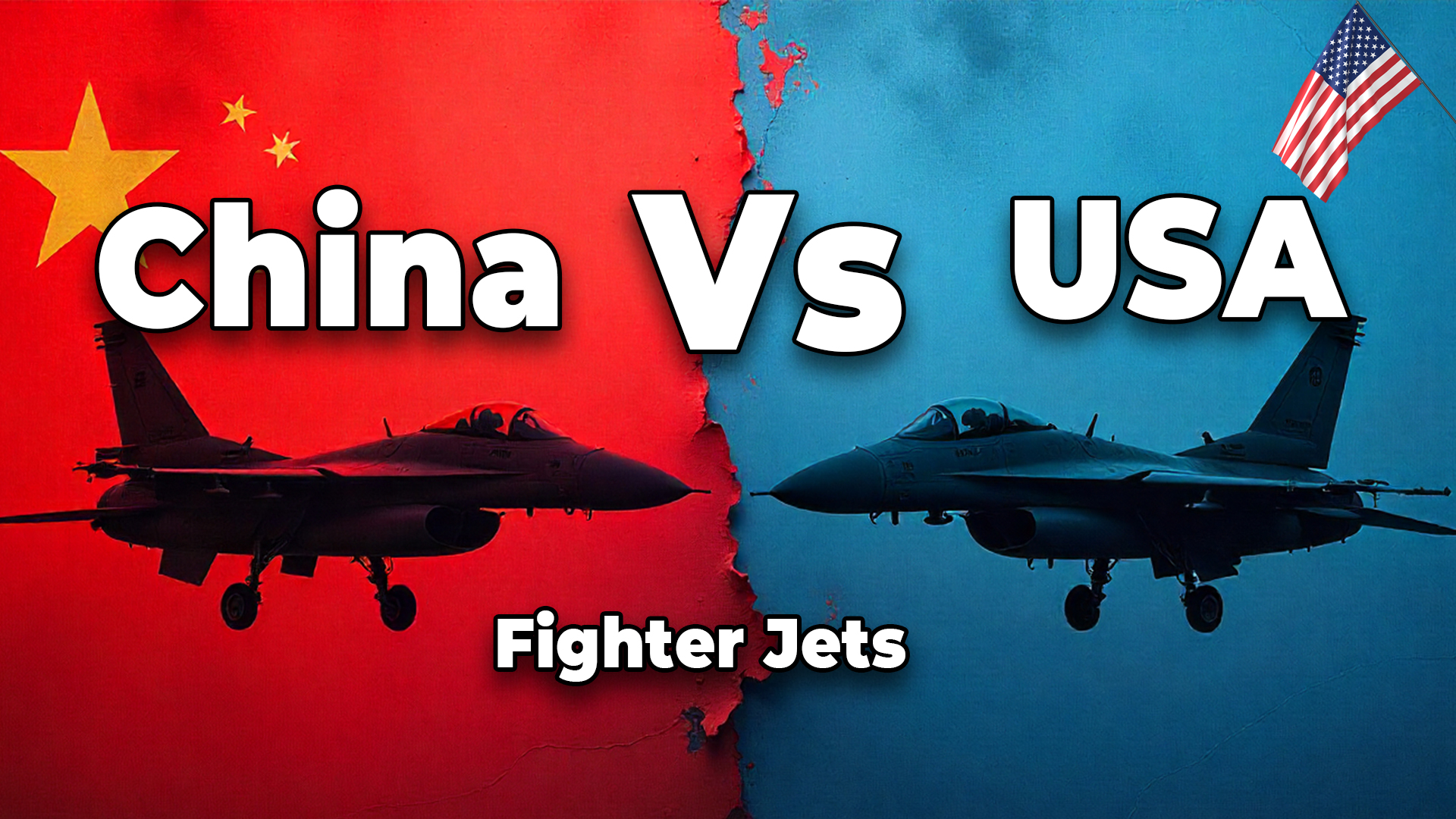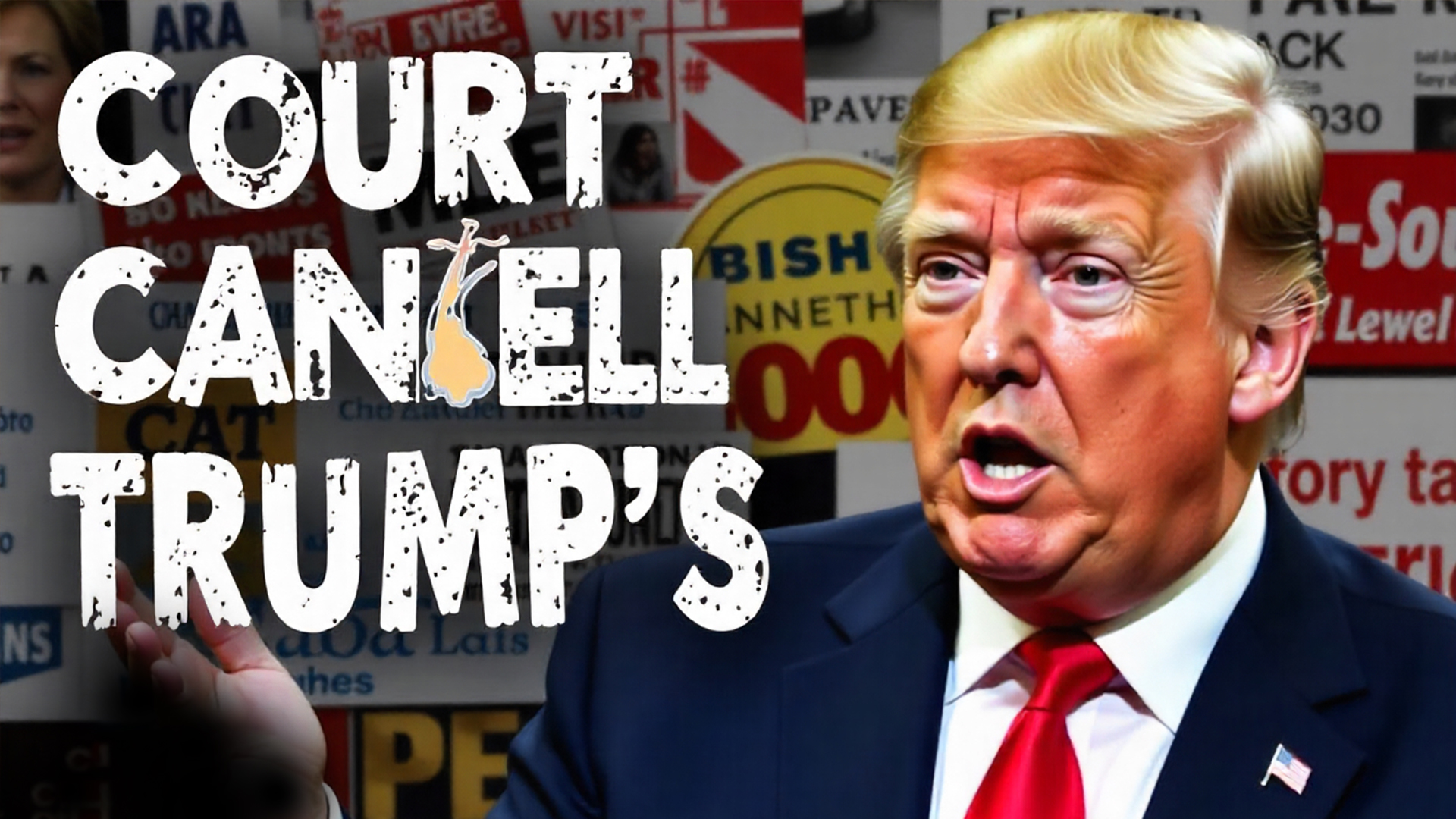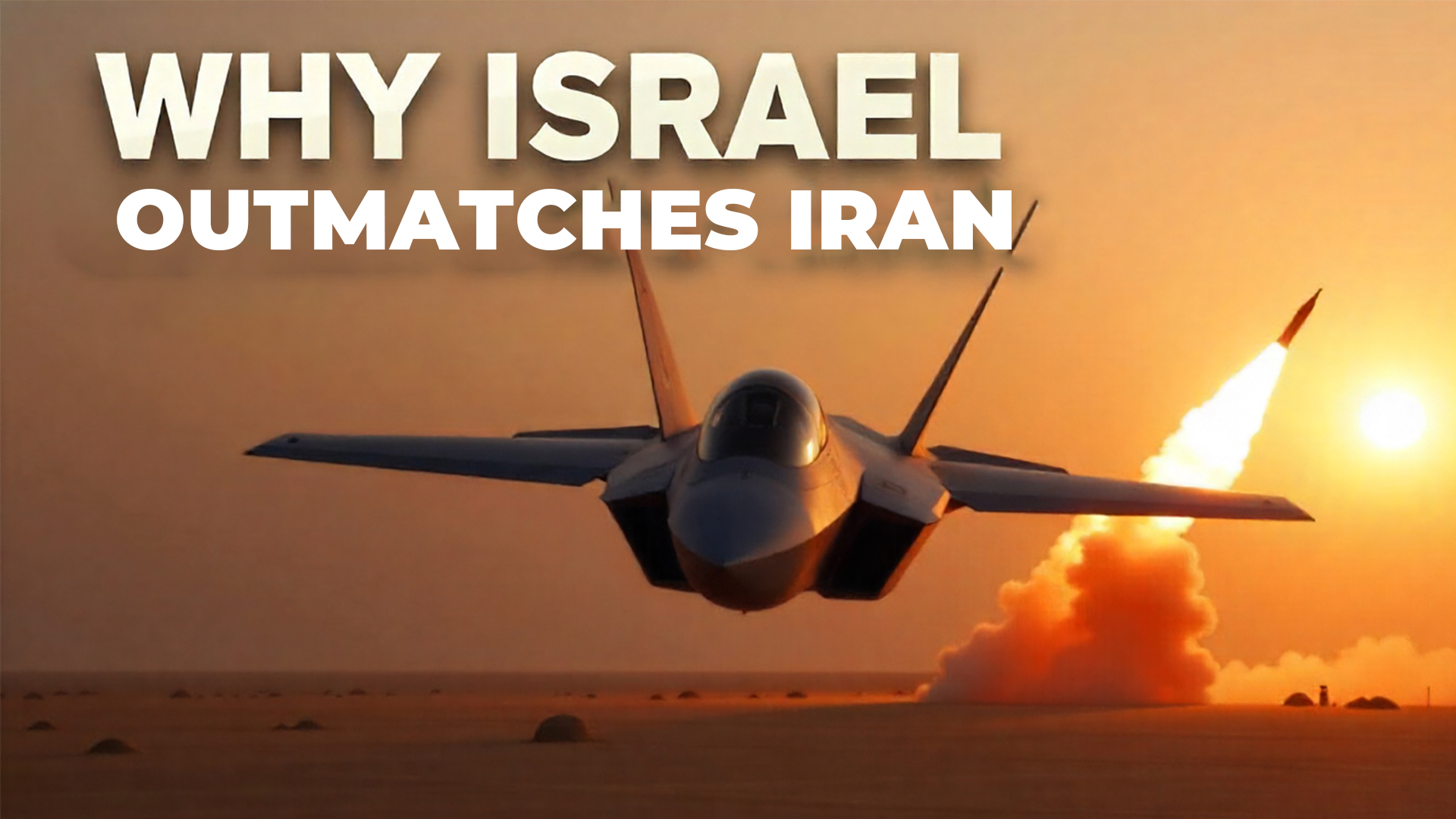The recent resurgence of conflict and clandestine activity around Iran’s nuclear program spells a troubling reality: today’s situation may be more dangerous than at any point during or after the 2015 JCPOA. Below, we explore the historical context, recent developments, and strategic implications shaping this precarious moment.
⚛️ A Troubled History: From “Atoms for Peace” to Covert Enrichment
- 1950s–1979: Under the Shah, Iran enjoyed U.S. support for civilian nuclear power under “Atoms for Peace,” including reactor and fuel deals with the West 1
- Post-1979 Revolution: The Islamic Republic turned secretive. Facilities like Natanz and Fordow became clandestine enrichment sites. Iran’s clandestine weaponization efforts remained hidden until early 2000s 2
- 2003–2015: Negotiations and inspections began, culminating in the Joint Comprehensive Plan of Action (JCPOA), which limited Iran’s uranium enrichment and increased IAEA oversight 3
🕰️ The Fallout: Post-JCPOA Collapse & Rapid Breakout
- 2018 U.S. Withdrawal: President Trump abandoned the JCPOA, reimposing sanctions. Iran responded in 2019 by accelerating enrichment and reactivating advanced centrifuges 4
- 2019–2023: Iran ramped up enrichment to 60% U‑235, stockpiling nearly 400 kg of highly enriched uranium—enough for multiple crude bombs—and reducing “breakout” time to as little as 10–15 days 5
🛑 Airstrikes & Sabotage: Delay or Danger?
- Israel/U.S. Strikes: Recent attacks on Natanz, Fordow, and Isfahan damaged key centrifuges, killed nuclear scientists, and disrupted infrastructure 6
- Limited Impact: Experts estimate these strikes delayed the program by approximately 1–2 years—far shorter than the decade-long protections under the JCPOA 7
- Key Fears: Satellite imagery and intelligence suggest Iran may have relocated enriched uranium to secret sites. Temporary setbacks risk accelerating nuclear weapon capability later by breeding distrust 8
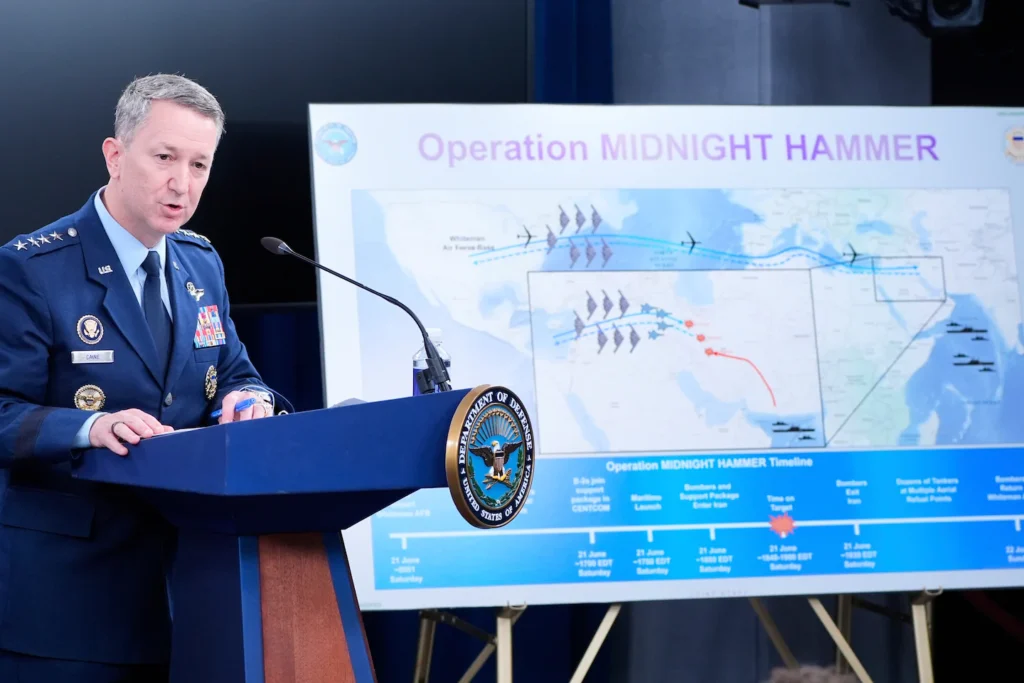
Gen. Dan Caine, chairman of the Joint Chiefs of Staff, at a news conference Sunday after the U.S. military struck three sites in Iran. (Alex Brandon/AP)
💥 Nuclear Fatwa vs. Hard Reality
Iran’s Supreme Leader Ayatollah Khamenei issued a religious ban (fatwa) on nuclear weapons in the early 2000s .
Yet, Iranian insiders and advisors have indicated they would abandon this stance if threatened—signaling that the fatwa may be conditional, not absolute 9
🇪🇺 Diplomacy in Limbo and Lost Trust
- European Talks Stalled: Renewed negotiations in June 2025 were halted after Israel’s strikes, and Tehran now refuses new talks until inspections are restored 10
- Diplomatic Disillusionment: Airstrikes have displaced hard-won agreements, undermining the fragile structure of non-proliferation diplomacy and emboldening Iran’s nuclear ambitions .
🚨 Why This Is More Dangerous Than Ever
| Factor | Why It Matters |
|---|---|
| Speed of Breakout | Iran’s capability to reach bomb-grade levels is drastically quicker than before |
| Secret Sites | Evidence suggests nuclear materials were moved underground before strikes |
| Weakened Oversight | Strikes have disrupted IAEA inspections, reducing transparency |
| Proliferation Risk | Shortened breakout time increases global security risk |
| Geopolitical Fallout | Military actions have deepened distrust, stalling diplomacy |
🔮 What Comes Next?
- Uncertain Negotiations: Even as European powers push for diplomacy, Iran’s stance remains defiant—without trust or transparency, meaningful compromise seems distant 11
- Dangerous Precedents: Military intervention risks eroding nuclear norms and encourages other states to pursue covert arsenals 12
- Escalation Risk: Further strikes may provoke Tehran into an irreversible arms path or spark regional conflict.
✅ Conclusion
Iran’s nuclear program, once constrained by the JCPOA, now poses a more urgent threat than ever imagined. With limited breakout time, unknown secret facilities, weakened inspections, and disillusioned diplomacy, the global non-proliferation regime is in crisis.
Returning to a robust, enforceable deal—featuring stringent inspections, regional dialogue, and clear limits—is essential to contain a threat that has slipped beyond conventional control.
Sources
- pbs.org ↩︎
- pbs.org ↩︎
- france24.com ↩︎
- iranwatch.org ↩︎
- iranprimer.com ↩︎
- foreignpolicy.com ↩︎
- theaustralian.com ↩︎
- time.com ↩︎
- en.wikipedia.org. ↩︎
- en.wikipedia.org. ↩︎
- time.com ↩︎
- washingtonpost.com. ↩︎

